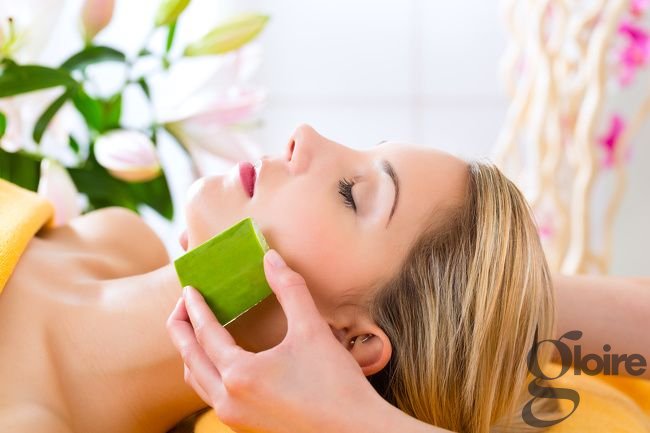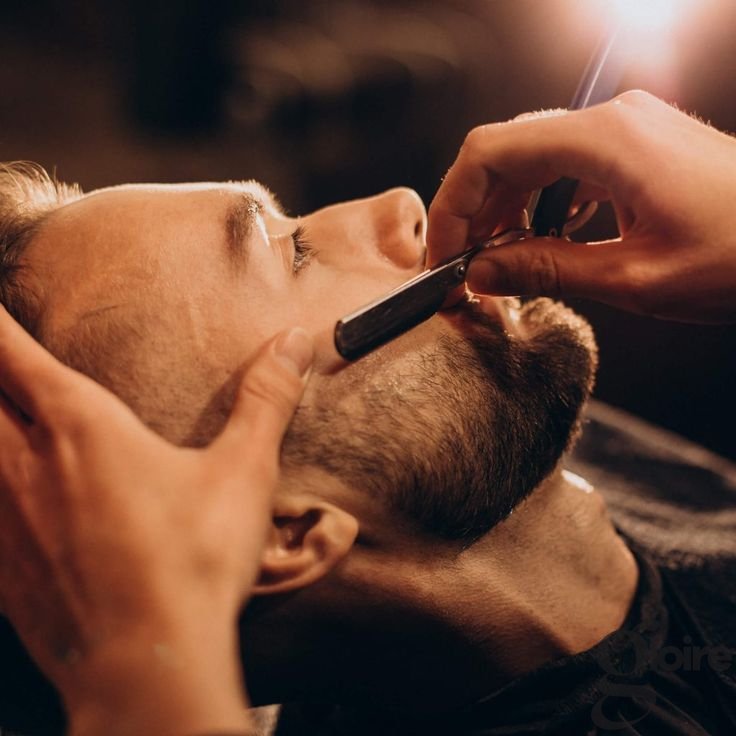In this guide, we’ll cover five proven ways to eliminate fungal acne and we’ll also explain what fungal acne is, how it differs from regular acne, and common mistakes to avoid.
What Is Fungal Acne and Why Does It Appear on Your Face?
Before diving into treatments, let’s clarify what fungal acne is and why it happens.
Fungal Acne vs. Regular Acne: Key Differences
| Feature | Fungal Acne | Regular Acne |
|---|---|---|
| Cause | Yeast (Malassezia) overgrowth | Bacteria (C. acnes), clogged pores |
| Appearance | Small, uniform, itchy bumps | Varied sizes (blackheads, whiteheads, cysts) |
| Response to Treatment | Doesn’t improve with typical acne treatments | Responds to benzoyl peroxide, salicylic acid |
| Triggers | Humidity, sweat, oily skincare | Hormones, excess oil, dead skin cells |
Common Symptoms of Fungal Acne
- Small, red, itchy bumps (often clustered)
- No improvement with traditional acne treatments
- Worsens in hot, humid weather or after sweating
Now, let’s explore the best ways to treat it.
1. Use Antifungal Treatments Specifically for Fungal Acne
Since fungal acne is caused by yeast, antifungal treatments work best. Here’s how to use them:
Over-the-Counter Antifungal Creams
Look for these key ingredients:
- Ketoconazole (e.g., Nizoral shampoo as a face wash)
- Clotrimazole (Lotrimin)
- Terbinafine (Lamisil)
How to Apply:
- Wash your face with a gentle cleanser.
- Apply a thin layer of antifungal cream to affected areas.
- Let it absorb before using other products.
Prescription Treatments
If OTC options don’t work, a dermatologist may prescribe:
- Oral antifungals (fluconazole, itraconazole)
- Stronger topical treatments
Pro Tip: Avoid steroid creams—they can worsen fungal acne.
2. Avoid Heavy, Oily Skincare Products
Fungal acne thrives on oils. Switch to lightweight, non-comedogenic products.
Skincare Ingredients to Avoid
- Coconut oil
- Shea butter
- Fatty alcohols (like cetyl alcohol)
Safe Alternatives
- Gel-based moisturizers
- Oil-free sunscreens
- Fungal-acne-safe cleansers (check Simple Skincare Science’s list)
3. Maintain a Consistent Skincare Routine
A proper routine helps prevent flare-ups. Follow these steps:
Daily Skincare Steps
- Cleanse (2x daily with a gentle, sulfate-free wash)
- Treat (apply antifungal cream)
- Moisturize (lightweight, oil-free formula)
- Protect (non-comedogenic sunscreen)
- Exfoliate (1-2x weekly with a mild exfoliant like pyrithione zinc)
Common Mistake: Over-exfoliating can irritate skin and worsen fungal acne.
4. Adjust Your Diet to Reduce Fungal Acne
What you eat affects yeast growth. Here’s what to avoid and include:
Foods to Limit
- Sugar (feeds yeast)
- Dairy (can trigger inflammation)
- Refined carbs (white bread, pasta)
Foods to Eat More Of
- Probiotics (yogurt, kimchi)
- Low-sugar fruits (berries, apples)
- Omega-3s (salmon, flaxseeds)
Did You Know? A high-sugar diet can worsen fungal infections.
5. Keep Skin Clean and Dry to Prevent Fungal Acne
Sweat and humidity trigger breakouts. Follow these hygiene tips:
How to Prevent Sweat-Related Breakouts
- Shower immediately after sweating
- Wear breathable fabrics (cotton, moisture-wicking clothes)
- Avoid touching your face (transfers bacteria/yeast)
Pro Tip: Use an antifungal body wash if fungal acne spreads to your chest/back.
FAQs About Fungal Acne
How long does it take to treat fungal acne?
Most people see improvement in 2-4 weeks with consistent treatment. Severe cases may take longer.
Can I use regular acne products on fungal acne?
No. Benzoyl peroxide and salicylic acid won’t help—stick to antifungals.
Is fungal acne contagious?
Not usually, but sharing towels/skincare tools can spread yeast.
Final Thoughts
Fungal acne requires a different approach than regular acne. By:
- Using antifungal treatments
- Avoiding oily products
- Sticking to a simple skincare routine
- Eating a balanced diet
- Keeping skin clean and dry
…you can effectively clear fungal acne and prevent future breakouts.
For more skincare tips, check out our guides on how to repair a damaged skin barrier and under-eye bag solutions.
Need personalized advice? Consult a dermatologist for the best treatment plan.








